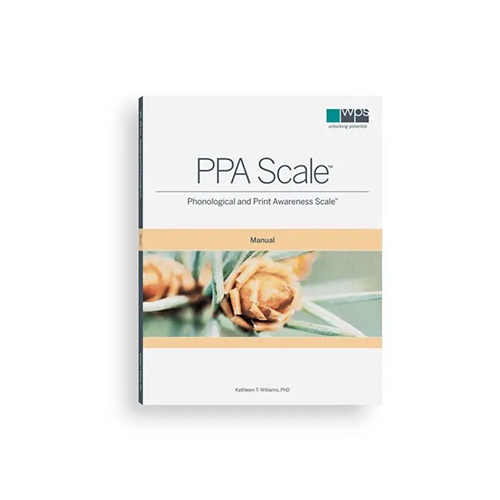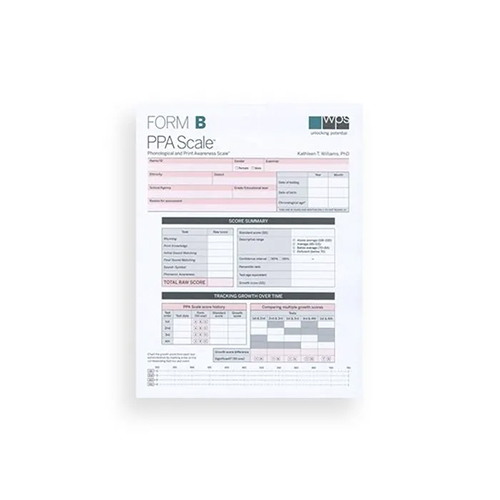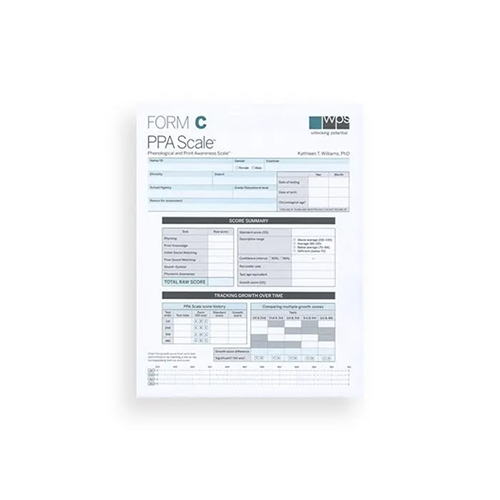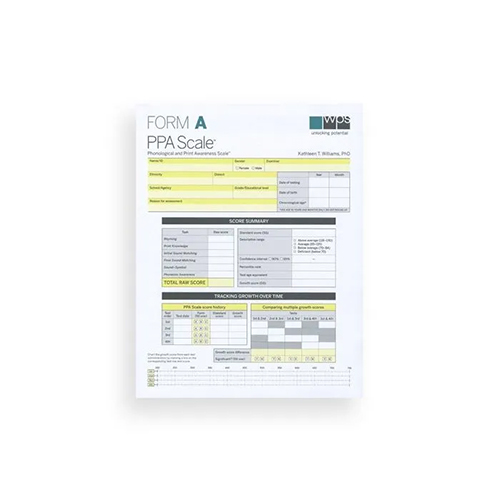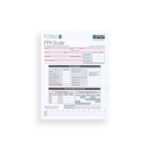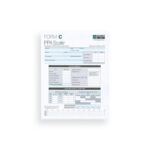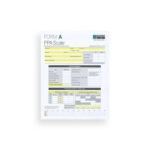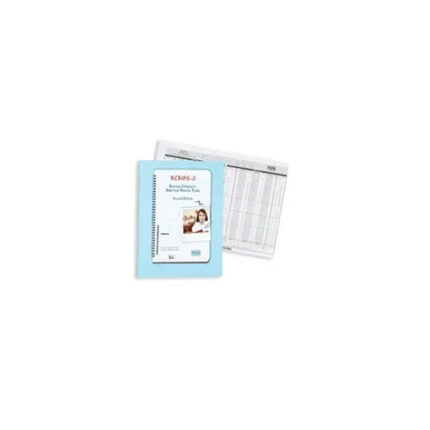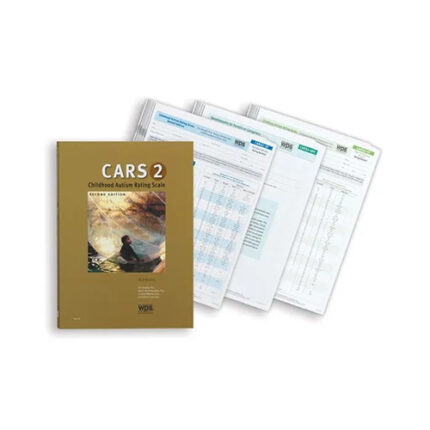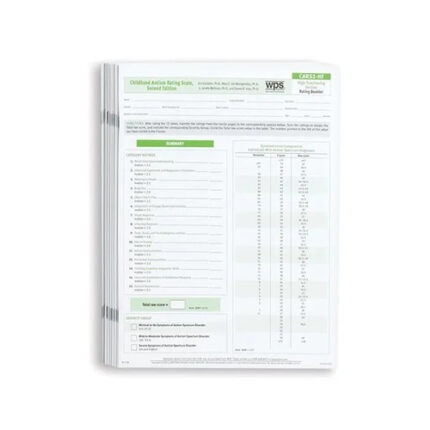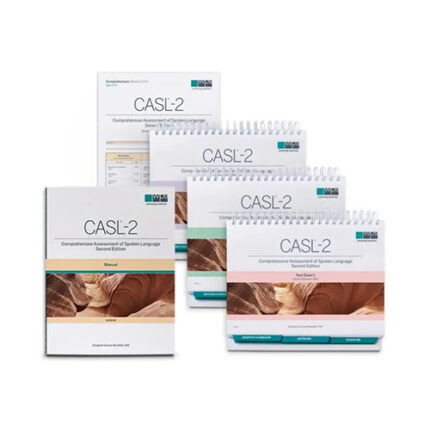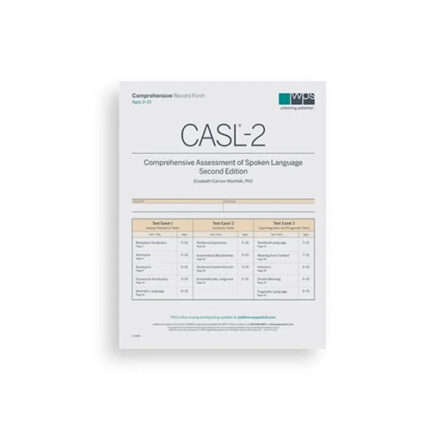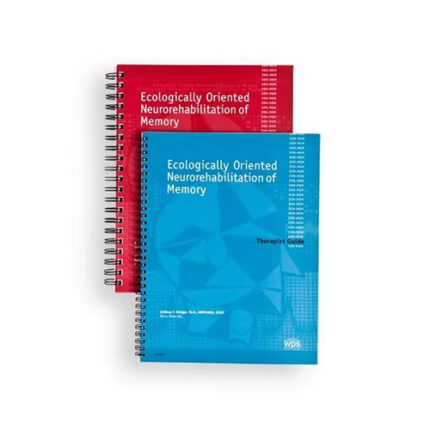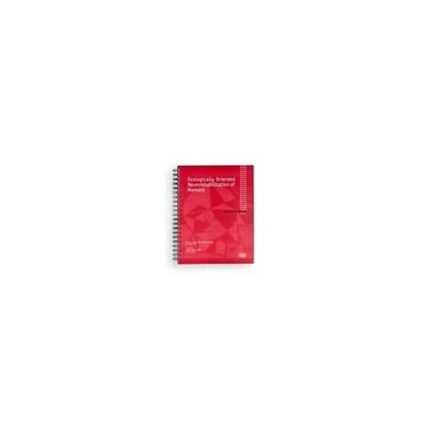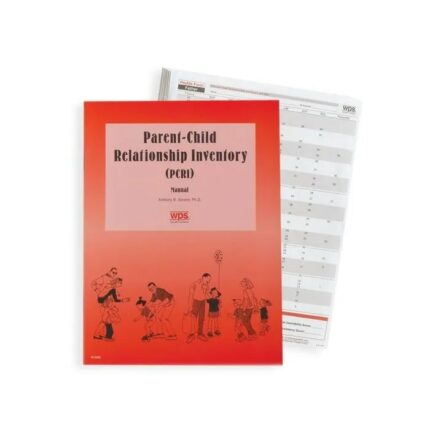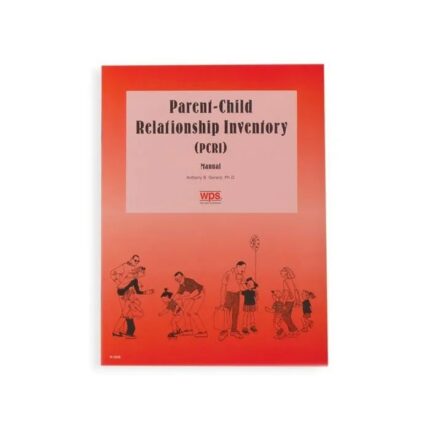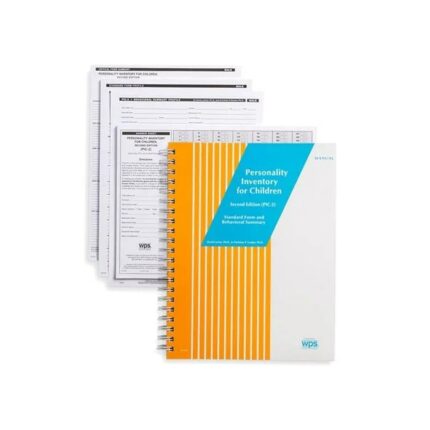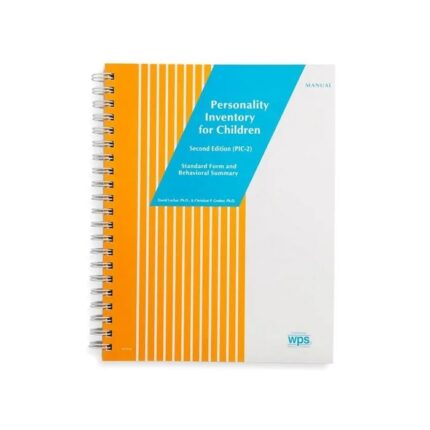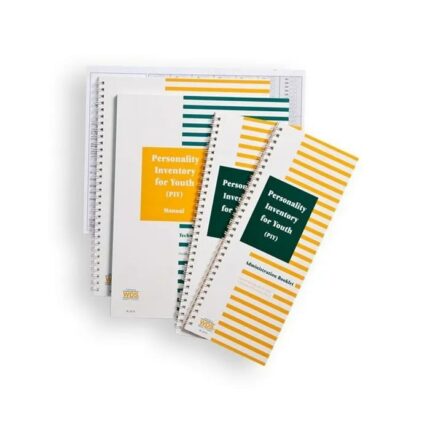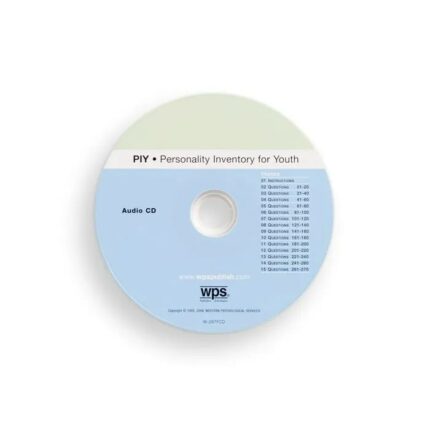(PPA Scale) Phonological and Print Awareness Scale
BY KATHLEEN T. WILLIAMS, PHD
The new Phonological and Print Awareness Scale (PPA Scale) measures early literacy skills and allows examiners to track the development of these skills over time. This research-based, standardized test can be administered quickly and helps identify children who may benefit from early intervention.
The PPA Scale assesses two important literacy skills that consistently demonstrate a strong, predictive relationship with later measures of reading and writing:
- Phonological awareness: The ability to recognize and manipulate the individual sound structures of a whole word without any reliance on print
- Print awareness: The understanding of the elements of print, including alphabet knowledge and concepts about print (for example, reading starts at the top left of a page)
Development of the PPA Scale was guided by expert research and reports highlighting the importance of both phonological and print awareness in learning to read and write successfully.
Useful Regardless of Speech and Language Abilities
The PPA Scale may be used with children ages 3 years, 6 months to 8 years, 11 months—the age range in which most children acquire phonological and print awareness. Because it can be administered in just 10 to 15 minutes and uses a receptive, multiple-choice response format, it is ideal for assessing young children. Using a colorful self-standing easel, the examiner reads instructions and the examinee only has to point to indicate his or her answer—verbal responses are not required. This format makes the PPA Scale useful for evaluating children who have speech impairments and/or expressive language difficulties or are simply reticent.
The PPA Scale has 69 items representing six tasks, which can be evaluated for qualitative purposes. The six tasks measure:
- Rhyming: Ability to recognize rhymes, which is an early phonological skill requiring recognition of the sound structure of language
- Print Knowledge: Ability to recognize important elements of print, including identification of individual capital and lowercase letters
- Initial Sound Matching: Ability to isolate and match the first phoneme (smallest unit of speech sound) in a pair of words
- Final Sound Matching: Ability to isolate and match the last phoneme in a pair of words
- Sound –Symbol: Ability to isolate the initial or final phoneme (sound) and match it to the corresponding grapheme (symbol)
- Phonemic Awareness: Ability to segment the individual phonemes in a word
Based on influential early literacy research with preschoolers and early elementary school children, the items were written to provide a narrow focus on phonological and print awareness skills, without placing demands on other cognitive abilities (for example, memory). All stimulus pictures were reviewed for fairness for use with both males and females of differing ethnic backgrounds.
Identify Areas for Improvement and Monitor Progress
Three parallel forms (A, B, and C), each with an accompanying easel, allow examiners to identify areas needing improvement and easily track progression of these areas over time.
The PPA Scale provides a standard score for comparing a child’s performance to that of typically developing peers of the same age and a growth score that indicates a child’s progress along the continuum of phonological and print awareness abilities measured by the PPA Scale. The growth score is the best way to measure a child’s development over time. In addition, several other scores are provided: descriptive ranges, confidence interval, percentile rank, and test-age equivalent.
A Descriptive Summary on the Record Form offers a qualitative way to evaluate item- and task-level performance. It allows you to easily review the objectives of missed items and discover patterns, which can help identify areas of strength and those that need improvement.
The examinee’s overall abilities as indicated by the standard score and growth score, and the specific areas needing improvement identified by the Descriptive Summary can help inform a targeted intervention plan. This topic is expanded in the companion resource Building Early Literacy Skills: Phonological and Print Awareness Activities. This book offers age-appropriate intervention strategies to improve all of the skills measured by the PPA Scale and build essential vocabulary and oral language skills.
Standardization and Technical Properties
A nationally representative sample of 1,104 examinees was stratified to match the 2010 U.S. Census data in terms of gender, ethnicity, Hispanic origin, region, and head of household’s education level as an estimation of SES (socioeconomic status). A validation sample of 162 children with a speech, language, or other clinical diagnosis was also collected. Analyses of these samples show that the PPA Scale differentiates typical children from those with a learning disability, reading disorder, developmental delay, autism spectrum disorder, or intellectual disability. In addition, it has high internal consistency, test-retest, and alternate form reliability. Further studies provide evidence of the content, construct, convergent, and discriminate validity of the PPA Scale.
Rely on the PPA Scale in Educational, Clinical, and Research Settings
Because of its focused age range, research-based content, and three parallel forms, the PPA Scale has many applications in school and clinical settings:
- Screening to identify children who are behind their peers
- Identifying strengths and areas needing improvement
- Tracking progress over time using the growth scoreand three parallel forms
- Researching the effectiveness of early literacy programs
Results are useful for any professional who measures early literacy skills, including speech –language pathologists, psychologists, reading specialists educational diagnosticians, early childhood specialists, and teachers.
BUILDING EARLY LITERACY SKILLS: PHONOLOGICAL AND PRINT AWARENESS ACTIVITIES
BY KATHLEEN T. WILLIAMS, PHD
Based on research, this compilation of educational and fun activities is designed to help young children develop the crucial early literacy skills of phonological and print awareness. It also helps kids improve essential vocabulary knowledge and receptive and expressive oral language skills.
Enjoyable, engaging, and inexpensive, the activities in this book can be completed with young children by just about anyone, including speech–language pathologists, early childhood specialists, special educators, parents, and caregivers. The activities are divided into three parts:
- Part 1: Activities to Develop Phonological and Phonemic Awareness Sections: Rhyming, Sentence and Syllable Segmentation and Blending, Initial and Final Sound Matching, and Phonemic Awareness
- Part 2: Activities to Develop Print Knowledge Sections: Reading Aloud, Recognizing the Functions of Print, and Building Letter Knowledge
- Part 3: Activities to Develop Sound –Symbol Correspondence Sections: Initial Consonants, Consonants and Vowels, Consonant Digraphs and Consonant Blends, and Short and Long Vowel Phonograms
Each activity includes an objective; suggested setting (group or one-on-one); what, if any, materials are needed (such as beads or Play-Doh); and instructions with helpful tips and adaptations for home-use when applicable.
Written for helping professionals and parents alike, the book offers definitions scattered throughout of terms that may not be familiar to all readers. The appendixes include helpful information, including suggested children’s books and checklists. This excellent companion to the PPA Scale is included in the Comprehensive Kit (W-612) and Form A Kit (W-612K).
Terms Often used to search for (PPA Scale) Phonological and Print Awareness Scale
Phonological and Print Awareness Scale, PPA scale, phonological awareness continuum, form, test example, scale details


